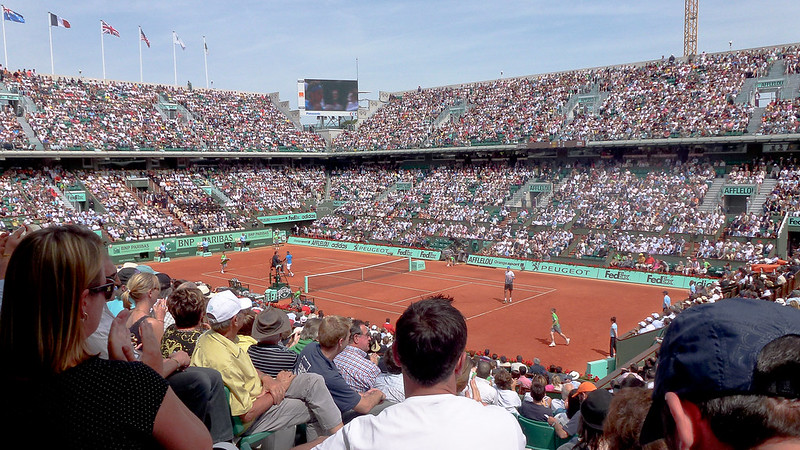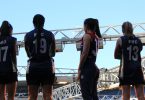Executive Producer of SBS French and host of SBS Cycling Central, Christophe Mallet on sports reportage during the pandemic.

Christophe Mallet. (Photo supplied)
Since March last year, sporting competitions have been heavily constrained by health restrictions in response to the pandemic.
The impacts of shutdowns and alterations to competitions posed significant challenges for athletes.
Commercial challenges at the administrative level were not spared either, including a $22.8 million annual loss for the AFL.
But journalists were also caught up in the havoc, and their role in the production of sport significantly changed.
Remote Reportage
The sports media landscape was forced into re-inventing itself at very short notice.
Chief among the Covid-19 restrictions were travel bans that left sports commentators and reporters “calling off the monitor”.
Press conferences were also shifted to video calls with delays, removing the art of quality and nuanced interviewing.
Covid-19 outbreaks even managed to separate commentary teams mid event during the 2020-21 Australia v India test series.
The deteriorating health situation in England restricted the BBC commentary team to broadcasting from their homes.
An historic moment for Test Match Special.
Jonathan Agnew – in his attic and wearing his dressing gown – gets the programme underway at 4.15 this morning.
We hope you’re enjoying the programme!
📻 https://t.co/PjKvmSyWfH
💻 https://t.co/UvV1mx5syR#bbccricket #SLvsENG pic.twitter.com/Gy03pSRKKy— Test Match Special (@bbctms) January 14, 2021
A physical presence often counts for so much when reporting, and simply describing what is on a screen lacks authenticity and diminishes the capacity to effectively call and report on the event.
BBC cricket editor John Norman said “you are at the mercy of the TV producer, so the story they are telling, isn’t necessarily the one you want to tell”.
The storytelling of sport as a journey, and the ability to “paint the picture” were challenged.
What will be the lasting effects of the pandemic?
The pandemic has changed the dynamic for streaming services, as well as reduced traditional broadcasters’ advertising income, and crucially, their power to re-invest in sports journalism.
NRL broadcasters achieved a 20% discount on broadcast rights, whilst AFL broadcasters received 12-13% off.
The changing trends in media consumption have also sparked genuine fears over the role of sports journalists as the accelerated use of “in-house content” is produced by sporting clubs, such as Sydney Swans TV.
Talksport football correspondent Faye Carruthers said there’s long been a fear of more control over access to sports organisations, which has been exacerbated by the pandemic.
“If we are being fed by organisers of tournaments with vested interests in promotion, then journalism is dead,” she said.
Some aspects of remote reportage are expected to continue as current technologies and human creativity have been able to produce COVID-style live sport.
Auburn School of Communications and Journalism professor John Carvalho said that the relationship between sport and the media may change forever.
“After COVID, in terms of access, things might never seem to return to where they were, partly because of long-term cultural changes related to the pandemic, and partly just because that is where sports are going,” he said.
Having made huge investments to broadcast sport during the pandemic, it is difficult to see sporting bodies such as the Australian Open not continue to invest in that technology, with a hybrid proposition the likely option for the media going forward.
But there are unknowns surrounding events that have larger gains ulterior to sport, such as the Tour de France.
The Tour de France reaches 3.5 billion television viewers, with showcasing France as a destination central to its broadcast.
Navigating the new terrain will be crucial for sports journalists to ensure that impartial and balanced reporting is upheld.
(Featured Image: Rolland Garros Photo credit: y.caradec on VisualHunt).


